Table of Contents
What makes a romance novel a romance? How do you write a kissing book?
Writing a well-structured romance isn't the same as writing any other genre-something the popular novel and screenwriting guides don't address. The romance arc is made up of its own story beats, and the external plot and theme need to be braided to the romance arc-not the other way around.
Told in conversational (and often irreverent) prose, Romancing the Beat can be read like you are sitting down to coffee with romance editor and author Gwen Hayes while she explains story structure. The way she does with her clients. Some of whom are regular inhabitants of the New York Times and USA Today bestseller lists.
Romancing the Beat is a recipe, not a rigid system. The beats don't care if you plot or outline before you write, or if you pants your way through the drafts and do a "beat check" when you're revising. Pantsers and plotters are both welcome. So sit down, grab a cuppa, and let's talk about kissing books.
Sign up here for my Shenanigan Scoop . (Okay, most people call it a newsletter. But that is boring. I like Shenanigan Scoop. )
ROMANCING THE BEAT
Story Structure
for Romance Novels
GWEN HAYES
Romancing the Beat: Story Structure for Romance Novels
Copyright 2016 by Gwen Hayes
All rights reserved. This book or any portion thereof may not be reproduced or used in any manner whatsoever without the express written permission of the publisher except for the use of brief quotations in a book review.
Stock art Dollar Photo club
Edited by FWS Media
First Printing, 2016
www.gwenhayes.com
www.fresheyescritique.com

Welcome
HI, IM GWEN.
I write kissing books.
I am also a freelance editor. My clients write kissing books.
Guess what I read for fun? Kissing books.
But I also read a lot of craft books: writing, story structure, how to outline, how to write with no outline, how to write dialogue that sparkles, how to create a bomb with a bale of hay, a stick of gum, and aokaythat I made up. (Though my job does include looking up some things that some might consider shady.) But the point is, I am forever reading books about how to do what I do only way moar better. And boy am I grateful for those books. But while I was saving the cat and sending my protagonist on a heroines journey and writing screenplays that sell, I noticed that while a lot of the advice was so spot on it made me excited to stop reading and start writing, something was still missing.
These structure books dont exactly nail the romance arc.
Romance has two heroes, not one. Romance has genre expectations. Romance has story beats that need to be hit before it can be called a kissing book. But not the same ones, or exactly the same ones, as that hero saving a cat on his journey to selling a screenplay. (These are all wonderful books, by the way. I highly recommend reading Save the Cat by Blake Snyder, The Writers Journey: Mythic Structure for Writers by Christopher Vogler, and Writing Screenplays that Sell by Michael Hauge.)
And so I wrote the book I needed to read. And the one I needed to tell my clients about.
I have a sort of recipe that I share with my clients. When something is nagging them about their book, its usually because they left out one of the ingredients. Since were talking about books not cake, well call them story beats even though they are more like ingredients. Beats, in this case, are ways to measure movement of a story for pacing and content. Just like ta-ta-tee-tee-ta moves music. (Shout out to elementary school music teachers!)
The following story beats are intended to help you craft the romance arc that will hook your reader and keep them on the line all the way to a satisfying ending. This book is especially helpful for category romance and romance novellas, which are often treated like they are the same as single title, but they are not. The romance beats will need to be braided with your external plot if you write longer, complicated titles, especially romantic suspense.
And never fear. This book does not discriminate against your chosen writing process. Pantsers, plotters, plantsers, plontsershowever you identify yourself, you are welcome here.
Also, Im oftenirreverent. And I quote pop culture, relying heavily on movies like Mean Girls and Taylor Swift songs and internet memes. Reading this book is going to be like hanging out with me on Twitter. (Which you are welcome to do! Find me @gwenhayes )
What is What
What this book is:
THIS GUIDE IS for a very specific niche. I dont go into depth about all the elements of great storytelling or story structure. I am going to delve only into the specifics of the internal/romance arc for romance novels, which is especially helpful for those who write shorter stories and category length.
- A new tool for your writers toolbox.
- A road map of the romantic journey your characters take in order to earn their happy ending by facing their biggest fears.
- A vehicle for me to drop 80s references.
- No, seriously. This book is littered with them .
Who this book is for:
- Romance writers who have been told their books focus too much on the external plot.
- Romance writers who know something is missing from their book, but are not sure where to look to find it.
- Non-romance writers looking to strengthen the romantic elements of a different genre book.
Why I wrote this book:
- Its the first step in my world domination plan. Im saving the worldone love story at a time.
Theme
BEFORE WE GET into the actual beats, lets talk about theme. Many authors tell stories in order to explore themes of importance to them and maybe even persuade the reader to consider those ideals. Some just write stories and let the scholars of the future deduce theme from their works. Im not concerned with the other themes. You are writing a romance, so your theme is already picked out for you.
Love Conquers All
In a broad sense, all romance books are about one theme: Love conquers all.
Romance readers have genre expectations just like any other genre. The biggest of those expectations is the HEA (happily ever after) or the HFN (happy for now). If love doesnt conquer all at the end of your story, you didnt write a romance. You might have a great story with romantic elements, but if your characters dont have a happy resolution, then you need to find a different shelf for your finished book to live on. Thats not a bad thing; its just not a romance thing.
You can and should write whatever kind of book you want to, just be careful what you call it. If you ordered a chocolate cake, but when you take a bite its yellow cake because the baker wanted to do something edgy, youd feel betrayed. Thats how romance readers feel when they buy a romance that doesnt end happily.
Dont betray your readers.
Back to the theme because I can feel some of you getting frothy. Im not saying your book is only about love conquers all. Many, many romance writers also gravitate towards secondary or tangent themes. You may write a few books and realize that redemption seems to come up time and again for your characters, for instance, and that is great. Fabulous. Dont ever change. But the main theme you will explore in every romance book you write is love conquers all. And whats also great about that is you know how your book will end before you even start.
Solove conquers all. Thats pretty broad. Your job, in your story, is to show two examples of all, assuming you are writing about two protagonists falling in love. If you have three or more, you have more work than the rest of us. But have fun!

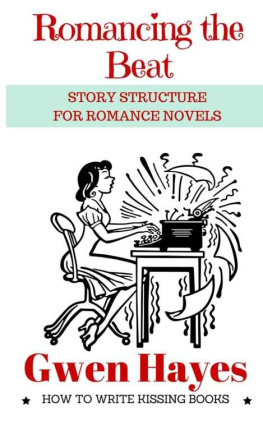
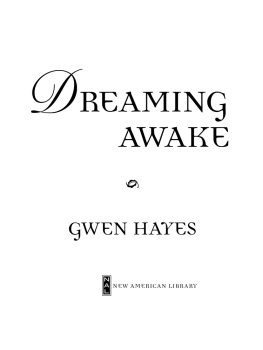
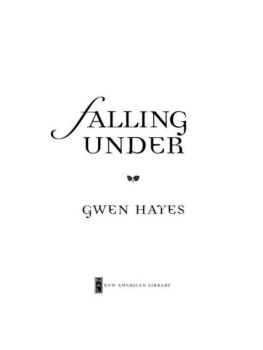
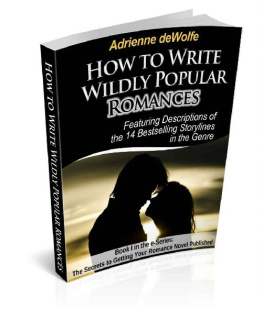
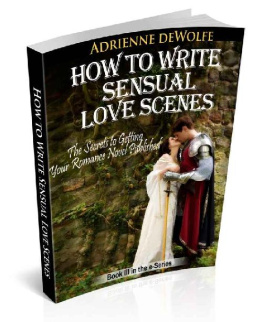
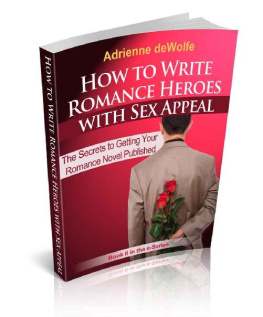

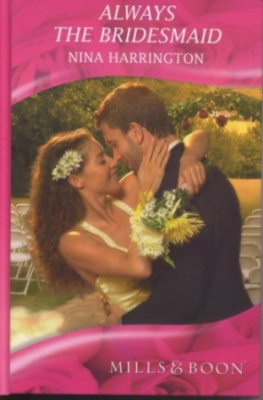
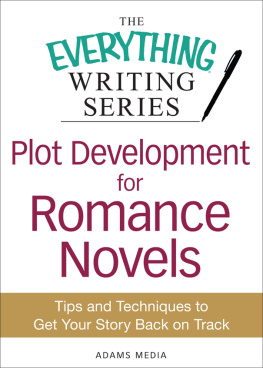

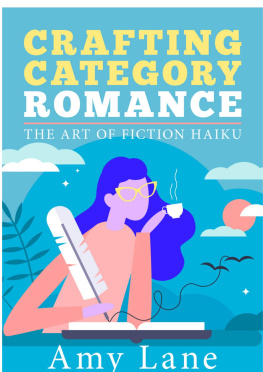
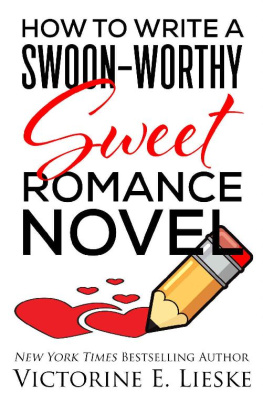
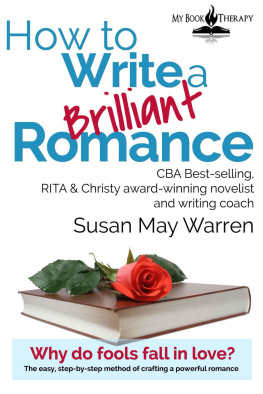

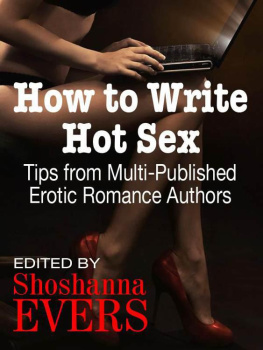
 Welcome
Welcome